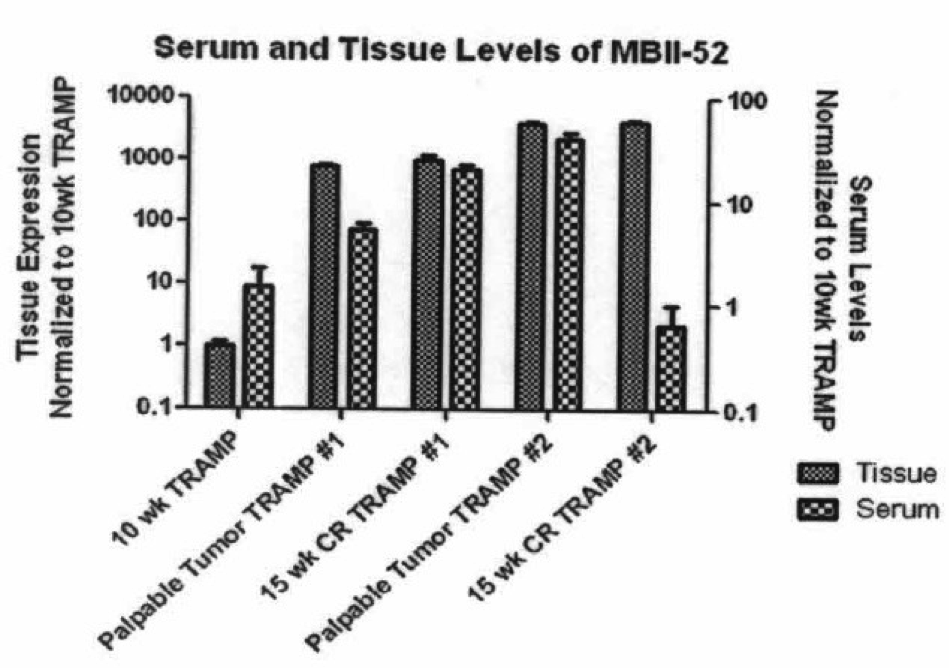Prostate cancer manifests itself in various degrees of aggressiveness and it is extremely difficult to distinguish between forms to determine prognosis or treatment. The advent of a reliable biomarker to stratify prostate cancer patients by the aggressiveness of their disease or indicate novel effective therapies is a top priority.
Small Nucleolar RNAs (snoRNAs) are noncoding RNAs involved in RNA processing. There are 2 major subclasses of snoRNAs, termed box C/D and box H/ACA snoRNAs. These two classes contain guide sequences that are known to canonically pair with complimentary regions on a target pre-rRNA, forming an RNA duplex and facilitating the enzymatic activity of methylases and uridylases that site specifically modify pre-rRNA bases by either 2’-O-methylation or pseudouridylation respectively. These modifications of the rRNA are critical to ribosome assembly and viability.
In the last decade, various orphan snoRNAs have been identified that structurally resemble C/D box snoRNAs but do not contain sequence complimentary to rRNA. While some snoRNAs and other non-coding RNAs have been implicated in diseases or other disorders, there remains an ongoing need to identify, characterize, and develop compositions and methods which harness the involvement of snoRNAs for diagnosis and therapy of such diseases as prostate cancer.
Using a mouse model for prostate cancer and subsequent studies in human prostate cancer, researchers at Roswell Park Comprehensive Cancer Center have identified and intriguing candidate biomarker, HBII-52. HBII-52 is a snoRNA which may drive tumor growth. It is readily detectable from blood or serum and may be useful as a clinical biomarker, a diagnostic, prognostic, or research tool. There are commercially available lead drug candidates that specifically target the receptor that is activated by this biomarker. Researchers at Roswell Park have found that these targeted therapies are effective at inhibiting the growth of human prostate cancer cells that express the snoRNA and receptor. Roswell researchers have also found HBII-52 expression in various human brain cancer cell lines indicating that it may be active in other cancers besides those in the prostate. This invention provides a method for detecting HBII-52 in cancer patients as a novel clinical diagnostic tool. HBII-52 may also help to indicate specific therapeutic approaches in treatment.
